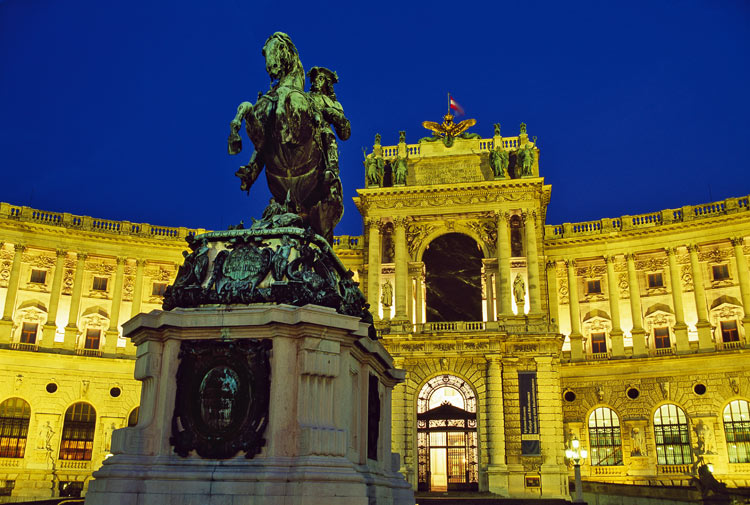Sadly, it is not about real reconstructions, but virtual ones, so that we can see how they are now and how they were at their best moments of glory. A marketing company called NemoMam Studios, has worked the miracle and shows us seven reconstructed classic monuments so we can see how they were at their best.
Some of them no longer exist, or they are only ruins, but at some point in history, they were really legendary. The temple of Luxor, the Parthenon, the Pyramid of Nohoch Mul or the Temple of Jupiter are wonderful even with the colors that adorned them in their best times.
Seven classic monuments reconstructed
So, I want to show you these seven moving images in which you can see the current state of these monuments and, thanks to virtual reconstruction techniques, contemplate how they were at their best.
The change that involves being able to see some of these wonders to achieve imagine them in their original state with their coatings and color is tremendous. I hope you like them and enjoy them as I am doing now.
The Parthenon
At the top of the Acropolis is the most famous building of ancient Greece. Built in 447 BC, the Parthenon housed a monumental statue of Athena, the Greek goddess of wisdom. The Great Turkish War of 1687 damaged the Parthenon when a munitions deposit exploded within its structure. While some parts of doric architecture remain, the GIF reveals the structure in all its grandeur.
Nohoch Mul Pyramid in Mexico
It is the tallest of the Mayan pyramids on the Mexican peninsula of Yucatan, and the second highest Mayan pyramid in the world. It was not re-discovered until the 19th century. The Mayans probably left this place around 1550, when the Spanish conquerors arrived.
Temple of Jupiter in Italy
The ancient city of Pompeii in the Bay of Naples was destroyed by the eruption of Vesuvius in the year 79 and was not rediscovered until the sixteenth century. Today we can only imagine how the Temple of Jupiter was but this Gif is good for us to get an idea.
Keep Reading: Seven buildings that seem to come from the future
Hadrian’s Wall in the United Kingdom
The Romans built Hadrian’s Wall surrounding most of England during the 1st century AD to protect its empire from possible attackers. They built fortresses within the wall at intervals of approximately one Roman mile and one wall from each to the next.
Luxor Temple in Egypt
He was initiated by Pharaoh Amenhotep III in 1380 BC. Then they added accessories such as the entrance door, the open patio and the avenue of the sphinxes in the interior. There is still much to see in this Temple today but in its great moment of splendor it must have been truly incredible.
Pyramid of the Sun in Mexico
The Pyramid of the Sun was built in Teotihuacan between the 1st and 7th centuries AD. Today is a place to see its Mesoamerican archaeological ruins located near Mexico City. It is one of the oldest pyramids in central Mexico. To be able to see it completely now with its tower at the top and that magnificent coating is a unique opportunity to enjoy it.
Sacred area of Temple B in Italy
We finish with Temple B, of which there are only a few columns and steps but we can guess how it would be based on their disposition. Surely it would be a sacred area made up of four temples that would look impressive.
I hope you enjoyed watching these wonderful artistic treasures someday, thanks to the virtual image technology and the work of this company that has allowed us to imagine these seven reconstructed classic monuments so that we can see how they were at their best.




